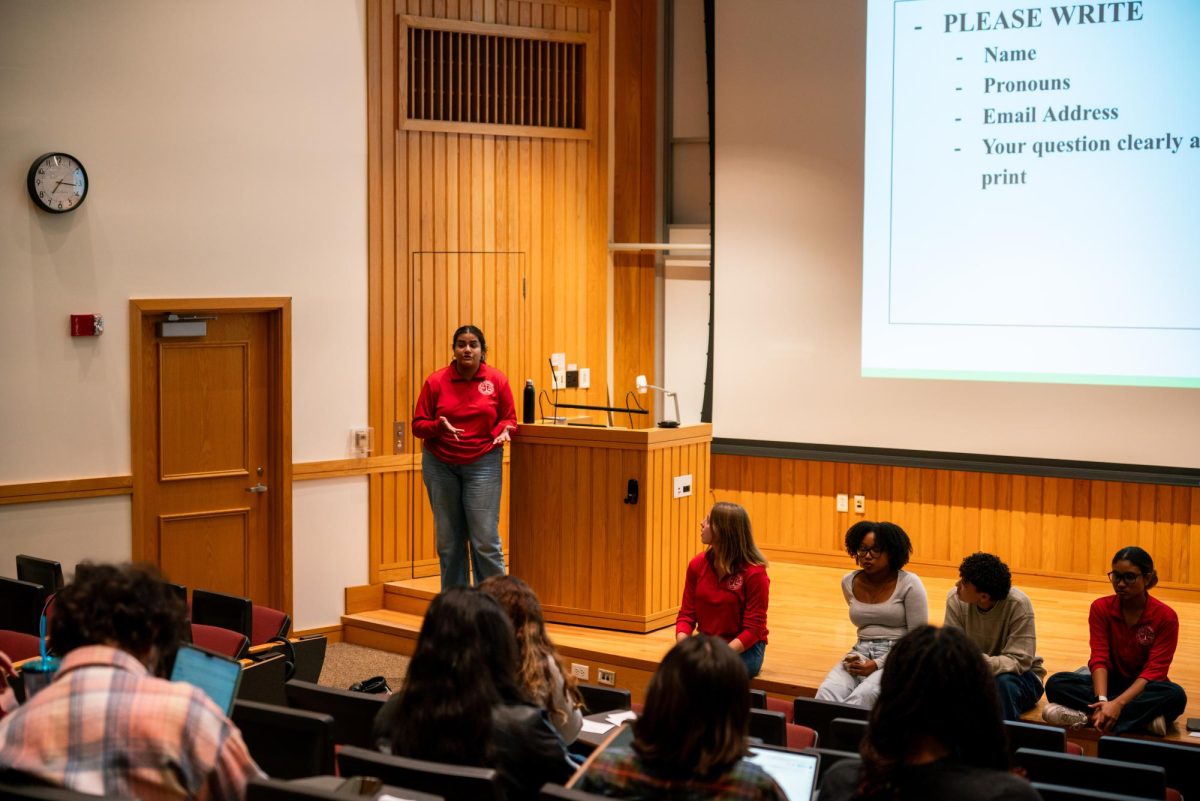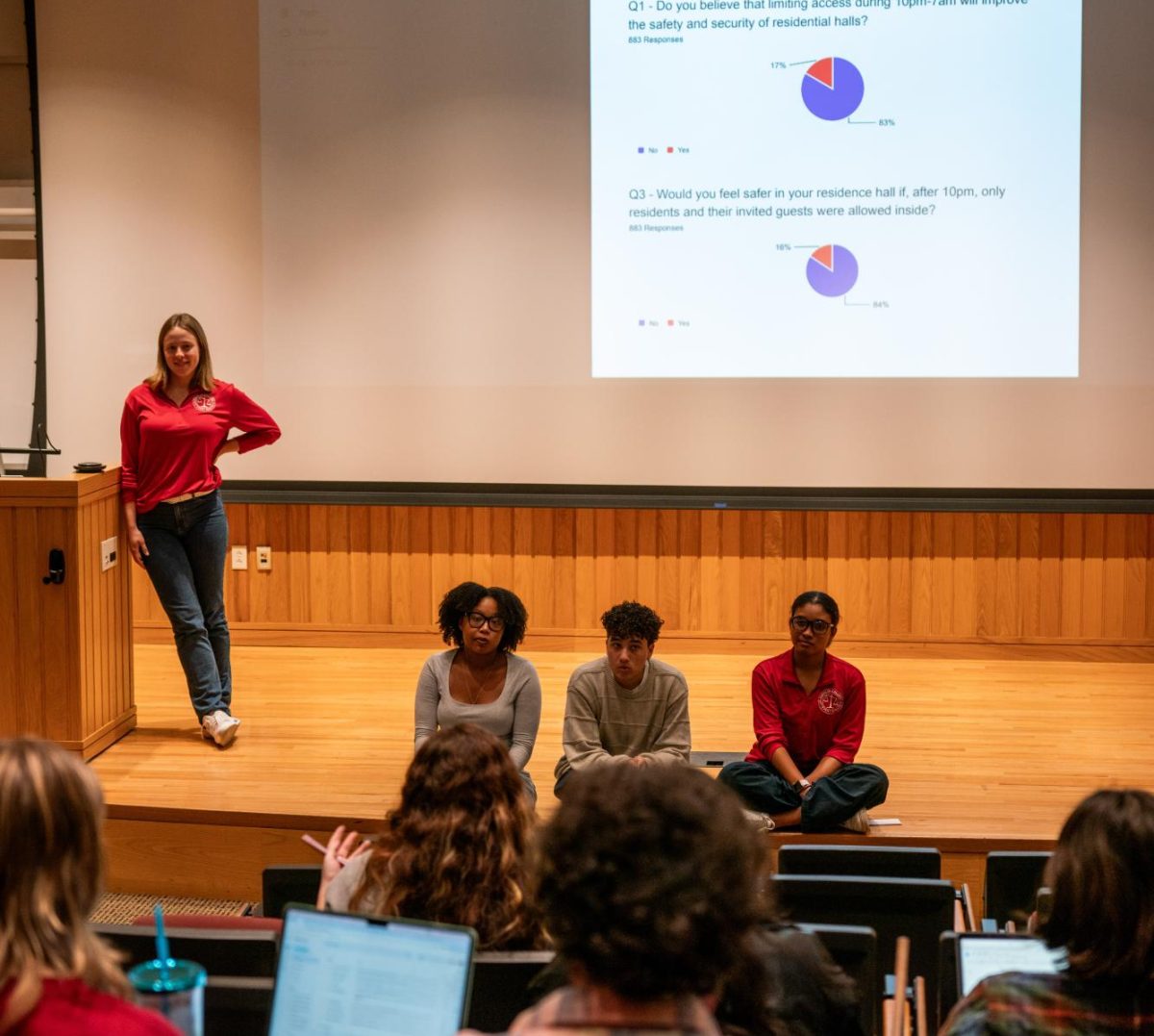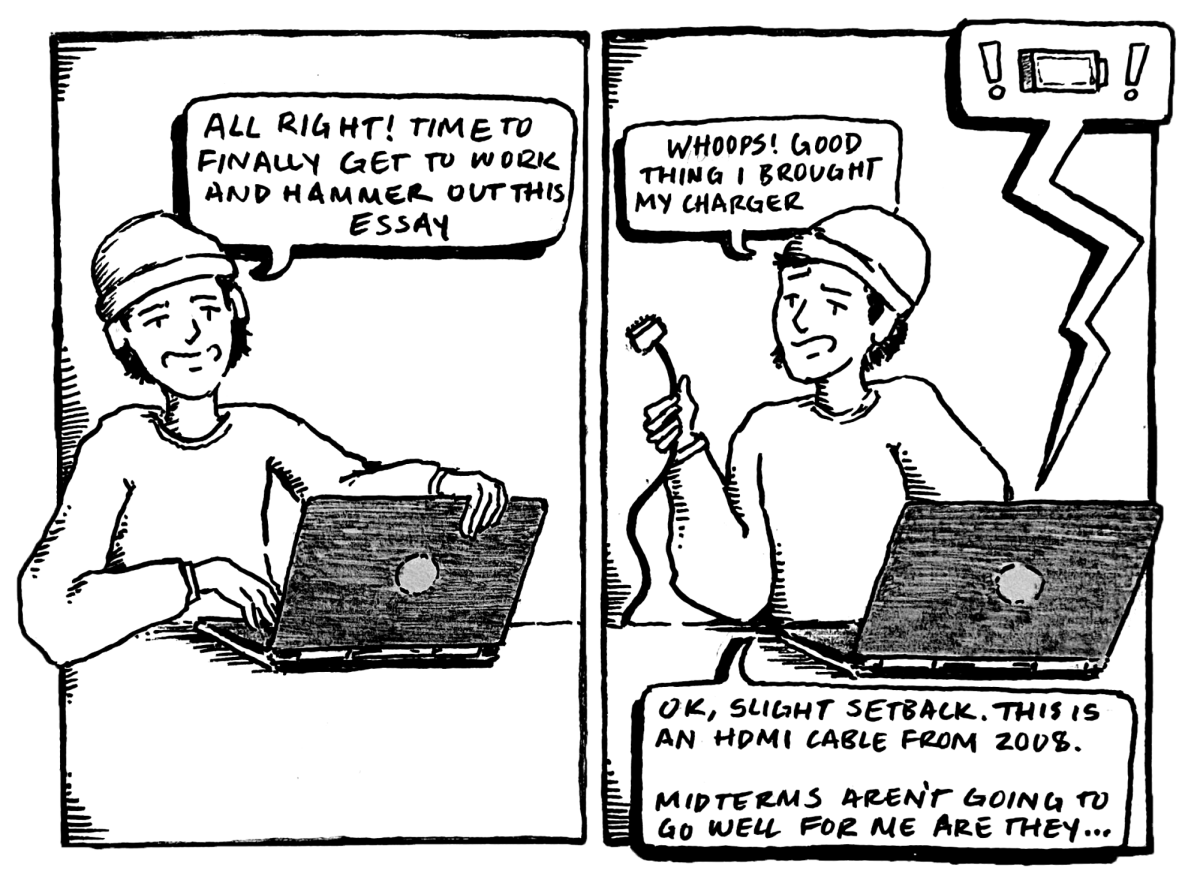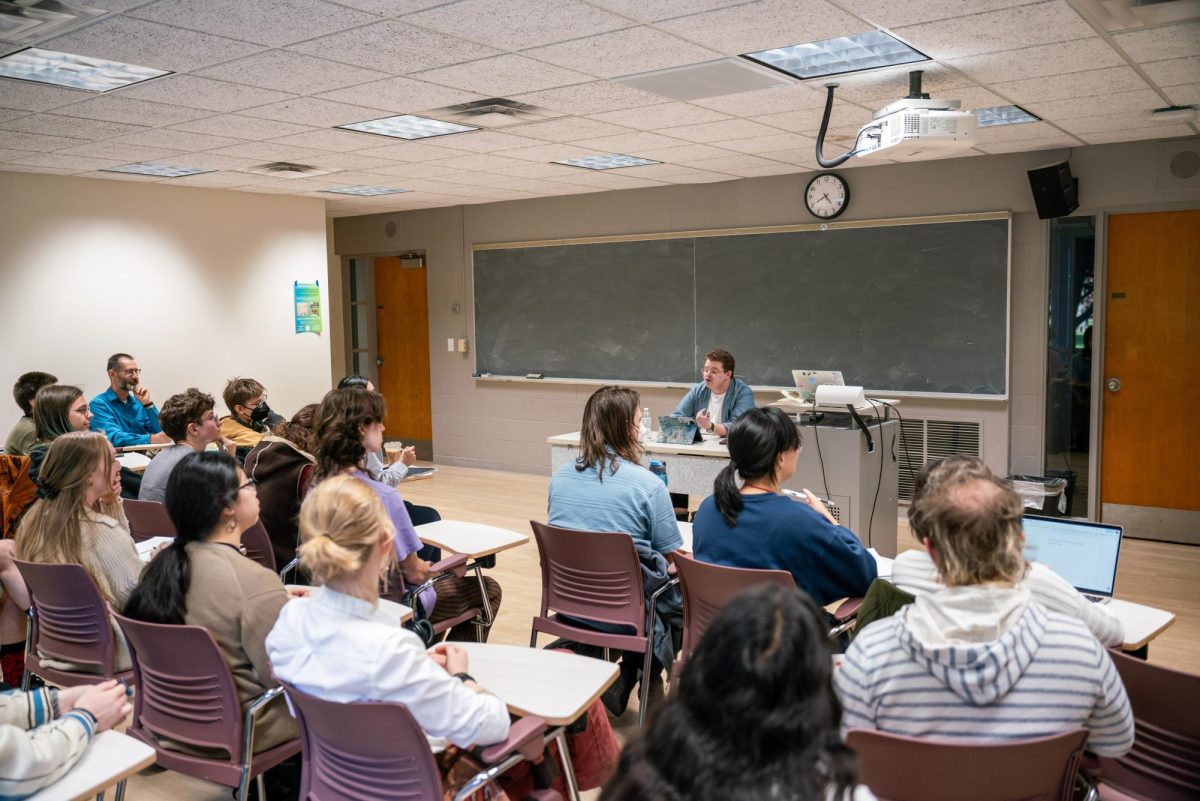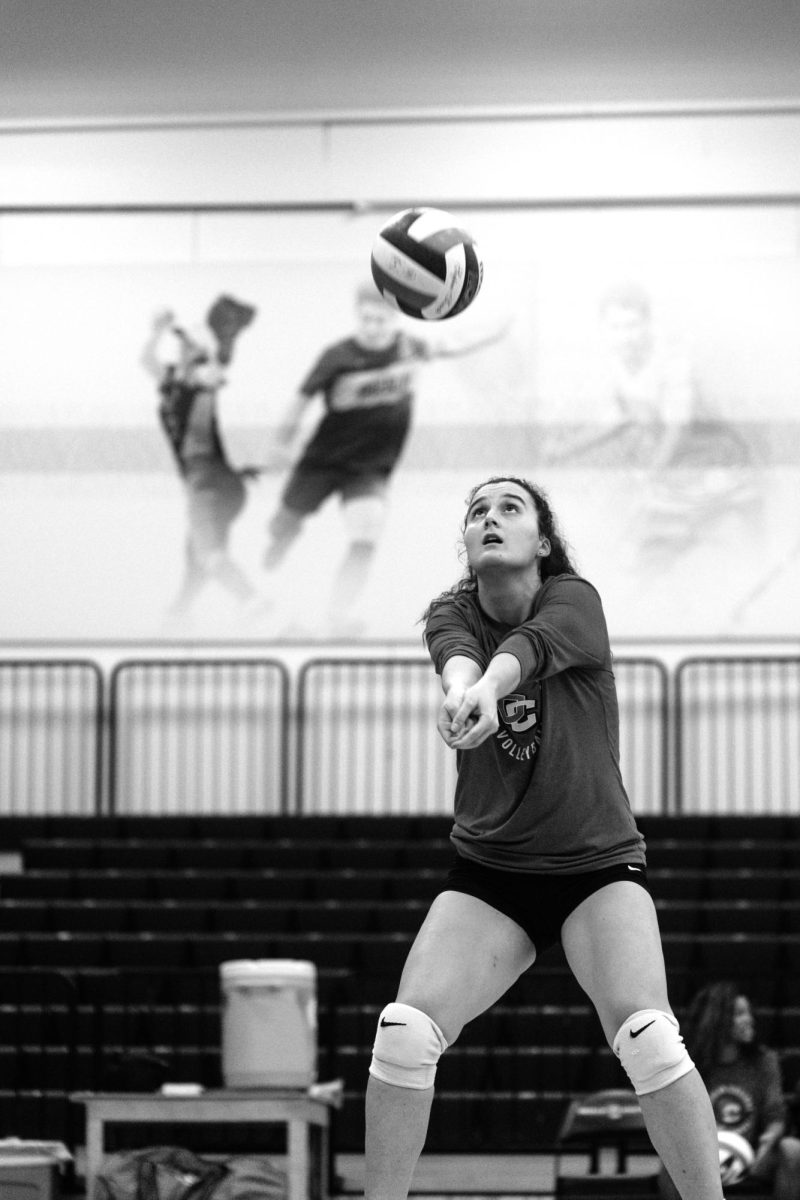NCAA Losing its Edge
March 13, 2015
The NCAA is losing its edge in collegiate athletics. Once the brand of excellence and legitimacy, the organization now makes more headlines for its faulty policies than for progressive or inclusive reform. From the NCAA’s arbitrary regulations concerning the inclusion of trans athletes to its obscure eligibility requirements, rules are often muddled in ambiguous language that result in high-cost misunderstandings for some college athletes and athletics departments.
Most recently, NCAA critics have expressed dissatisfaction over the case of a Baylor University football player, Silas Nacita, who was disqualified from the top-10 team. Nacita rose to prominence after Sports Illustrated published a story last December about his journey from homelessness to playing in the Cotton Bowl, and as a result, many fans have eagerly jumped to his defense.
Nacita dropped out of Cornell University because he “grew disillusioned with the bitter cold, with the Ivy League atmosphere and competition,” according to Sports Illustrated. Though Nacita’s initial attempt to play for the Baylor Bears was unsuccessful due to a lack of finances, he eventually pieced together enough scholarships and federal loans to attend Baylor.
Enter the NCAA. On the path to officially donning green and gold, Nacita allegedly accepted financial help from a family friend, which ultimately resulted in his disqualification from the team after playing for just one season. In a statement on Twitter two weeks ago, Nacita wrote: “A few months before enrolling, a close family friend approached me and said they didn’t want me sleeping on floors … so they insisted on putting me in an apartment and helping out with those living expenses. Because I accepted that offer instead of choosing to be homeless, I am no longer eligible to play football. … I had no idea I was breaking any rules, but I respect the decision of the NCAA.”
Following the statement, the NCAA complicated matters by denying that it had declared Nacita ineligible and implying that rules can sometimes be bent in accordance with “common sense” in an interview with The New York Times. The Times article, “Tangled Case of a Baylor Football Player Poses a Test for the Rules of Eligibility,” (March 7, 2015) also clarified that, contrary to Nacita’s statement, the NCAA is not actually responsible for determining eligibility; that burden is placed on schools.
To be sure, athletes are deemed ineligible by schools all the time for violating NCAA policies. And while Nacita’s narrative is certainly moving, the reason this story has gained so much traction is due to the unclear nature of the NCAA’s rules, which are ambiguous at best and catastrophically complicated at worst.
Critics have been claiming that the NCAA’s rules have been arbitrary for years, but the organization has come under fire for a variety of reasons recently. To name a few, accusations have been made that the organization overstepped in its handling of the Penn State University football calamity three years ago, and an investigation unveiling cheating scandals regarding the men’s basketball team at Syracuse University was revealed last Friday. In light of the these recent scandals and its inability to clarify its own legislation so that players and athletics departments can easily comply, onlookers must continue to question how viable the NCAA is in collegiate athletics today.






